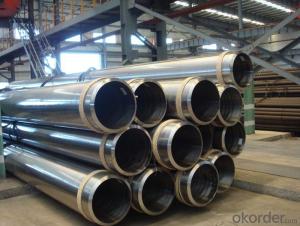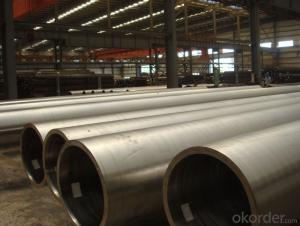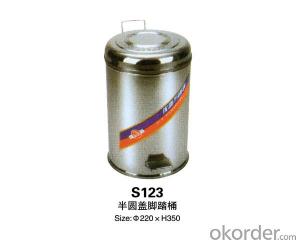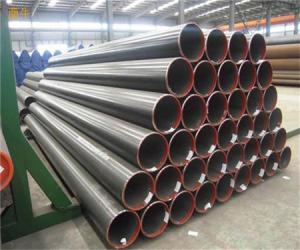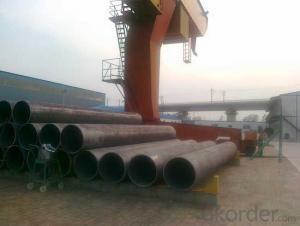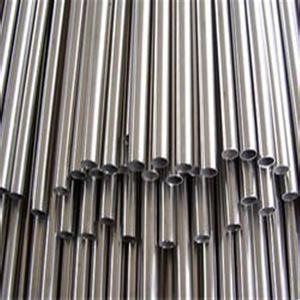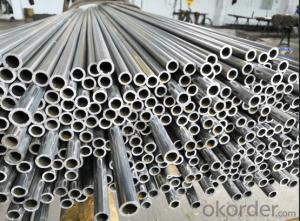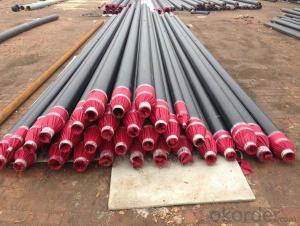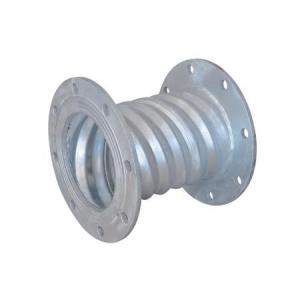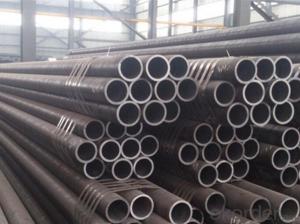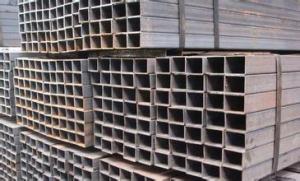Stainless Steel Can
Stainless Steel Can Related Searches
Best Paint For Stainless Steel Blanket Insulation For Steel Buildings Primer For Galvanized Steel Foam Filter For Stainless Steel H S Code For Stainless Steel Surface Grinding Wheels For Stainless Steel Surface Grinding Wheels For Hardened Steel Hole Saw For Stainless Steel Paint For Stainless Steel Stainless Steel For BbqHot Searches
Steel Mesh Panels For Sale Price For Stainless Steel Scrap Scrap Price For Stainless Steel Price For Stainless Steel Stainless Steel Tank For Sale Stainless Steel Sheets For Sale Cheap High Tea Sets For Sale Stainless Steel Tanks For Sale Stainless Steel For Sale High Density Fiberboard For Sale Solar Hot Water Collectors For Sale Scaffolding For Sale In Uae Scaffolding For Sale In Ireland Scaffolding For Sale In Houston Type Of Inverter For Solar Price Of Shipping Containers For Sale Types Of Inverter For Solar Stock Price For Aluminum Used Solar Inverter For Sale Steel Mesh Panels For SaleStainless Steel Can Supplier & Manufacturer from China
Okorder.com is a professional Stainless Steel Can supplier & manufacturer, offers integrated one-stop services including real-time quoting and online cargo tracking. We are funded by CNBM Group, a Fortune 500 enterprise and the largest Stainless Steel Can firm in China.Hot Products
FAQ
- Steel pipes play a crucial role in the telecommunications industry as they are used for the installation of underground and overhead telecommunication cables. These pipes provide protection and support to the cables, ensuring their safety and longevity. Additionally, steel pipes are also used in the construction of communication towers and infrastructure, making them an essential component in establishing and maintaining reliable telecommunications networks.
- How to make the internal tooth of the steel pipe?
- Cylindrical thread can be used, if the tube is too long, you may consider a short tube with thread, and then welded to the long tube. Taper thread is more difficult to use than ordinary vehicle, and the tap is generally considered. The tap can be clamped on the tailstock.
- What is the weight of hot galvanized steel tubes? DN150 4mm wall thickness
- DN150 4mm wall thickness welded steel pipe theoretical weight is 16.21kg/m, galvanized steel pipe should be multiplied by the weight coefficient after galvanizing, C, DN150, wall thickness of 4mm, C=1.032, DN150, theoretical weight and wall thickness of 4mm galvanized steel is 1.02*16.21=16.7287kg/m = 16.73kg/m.
- Steel pipes are commonly used in various applications such as water distribution systems, oil and gas pipelines, structural support in buildings and bridges, sewage systems, heating and cooling systems, and industrial processes.
- Some different pipe fittings used with steel pipes include elbows, tees, reducers, couplings, and flanges.
- There exists a variety of methods for bending steel pipes, each possessing its own advantages and limitations. 1. Manual Pipe Bending: The bending of steel pipes is achieved through the utilization of hand tools or a manual pipe bender. This method is best suited for small-scale projects or situations where only a few bends are necessary. However, it demands skill and precision to ensure accurate and consistent bends. 2. Rotary Draw Bending: This method involves the utilization of a mandrel, clamp die, and a bending die to bend the pipe around a stationary bend die. The mandrel serves to preserve the shape of the pipe and prevent wrinkling or collapsing during the bending process. Rotary draw bending is commonly employed to produce tight-radius bends with high accuracy and repeatability. 3. Induction Pipe Bending: In this method, a specific area of the steel pipe is heated using an induction coil, rendering it more malleable for bending. Once the desired temperature is attained, hydraulic or mechanical force is applied to bend the pipe. Induction bending is suitable for large-diameter pipes or situations requiring multiple bends in a single pipe. 4. Roll Bending: Also referred to as pyramid rolling, this method involves passing the steel pipe through three adjustable rolls that gradually shape the pipe into the desired form. Roll bending is suitable for generating large-radius bends and is frequently employed in the construction of spiral staircases, handrails, and structural applications. 5. Hot Bending: This method necessitates heating the steel pipe to elevated temperatures, typically accomplished using a furnace, in order to facilitate bending. Hot bending permits greater flexibility in shaping the pipe and is commonly used for large-diameter or thick-walled pipes. However, it demands specialized equipment and expertise to control the temperature and prevent distortion or damage to the pipe. When selecting the appropriate method of pipe bending for steel pipes, it is crucial to take into account factors such as the required bend radius, pipe diameter, wall thickness, and project specifications. Seeking the advice of an experienced pipe bending professional or engineer can assist in determining the most suitable method for a specific application.
- Due to its metallic nature, steel pipes possess a notable degree of electrical conductivity. The specific composition and properties of the steel employed can influence the electrical conductivity of these pipes. Typically, steel exhibits a conductivity range of 6.99 × 10^6 to 9.64 × 10^6 siemens per meter (S/m) at room temperature. Consequently, steel pipes are capable of effectively conducting electricity and finding application in diverse fields, including electrical transmission and grounding systems.



























